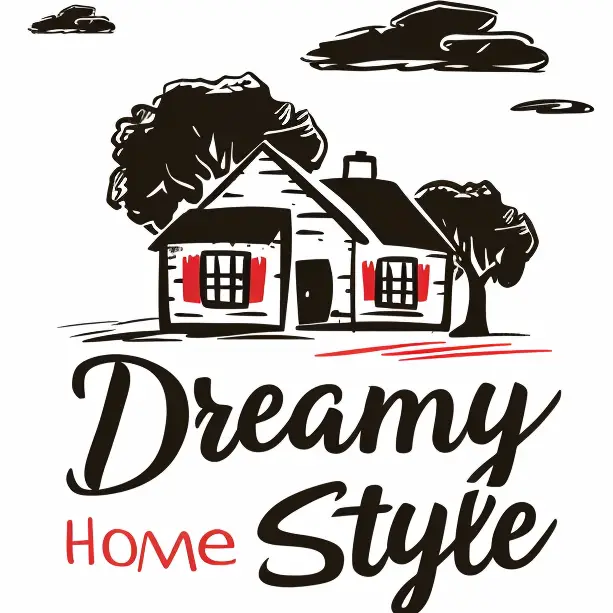Making your home look its best when trying to sell it or just freshen things up requires creativity, an eye for design, and knowledge of the latest trends.
Professional home stagers have many tricks up their sleeves to transform living spaces to create appealing, inviting environments.
✨Click to Get My 101 FREE Designer Room Ideas
Declutter and Edit Furnishings for a Clean, Spacious Feel
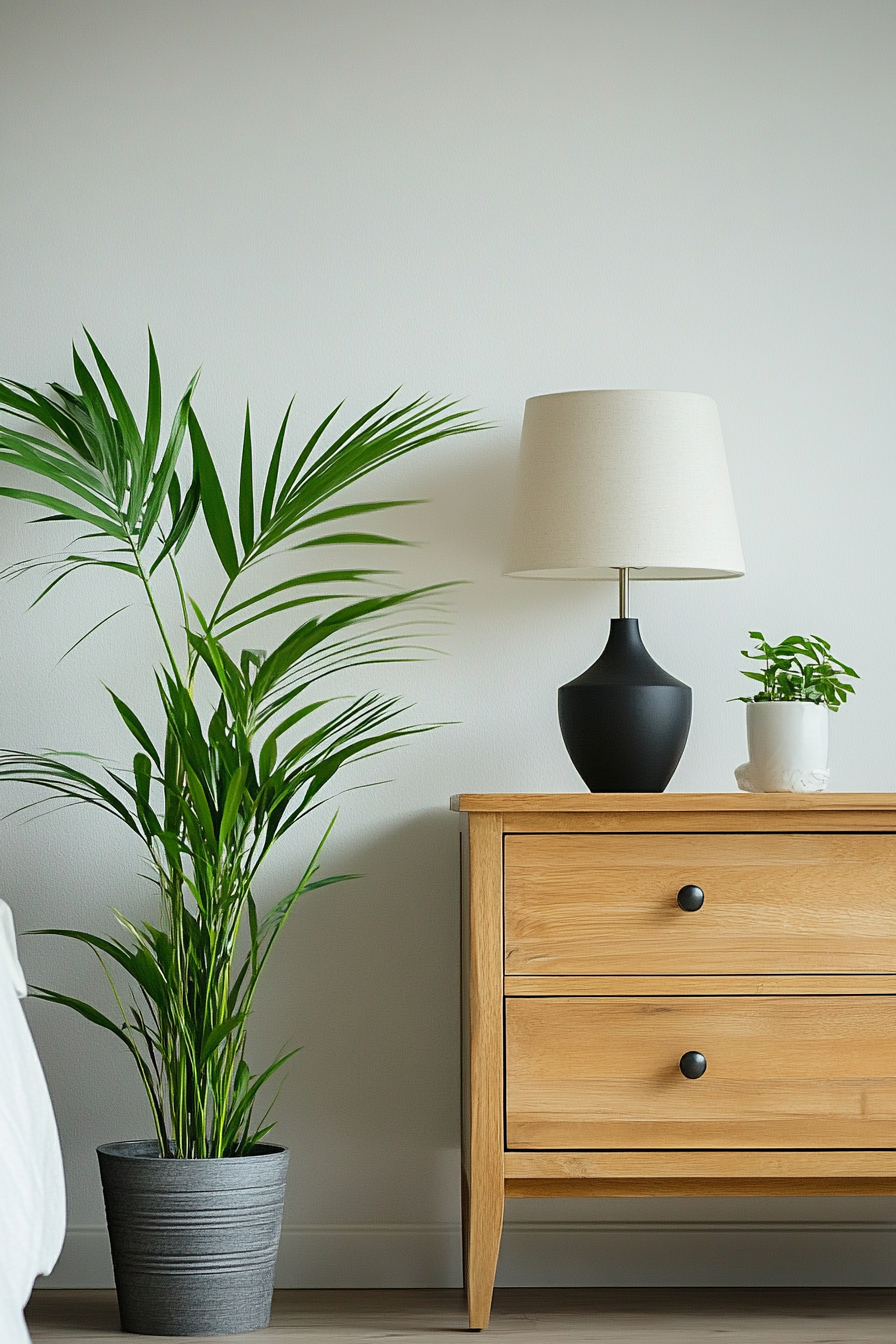
The first step any professional home stager takes is a deep purge of clutter and excess furnishings.
Rooms filled with too many pieces of furniture, knick-knacks, and general stuff feel smaller, cramped, and messy.
By removing items homeowners have accumulated over the years but no longer need or use, stagers reveal the beautiful bones of a space.
Go through each room with a critical eye for anything that can go.
This includes furniture that is broken or you just don’t like anymore, collections that have gotten out of control, extra chairs that are more clutter than useful seating, end tables you no longer need, outdated electronics, and so on.
Storage areas like closets, drawers, pantries, and under beds should also be cleaned out rigorously.
Anything you have not used in over a year, get rid of it.
Hire a junk removal service to efficiently clear large or bulky items all at once.
Donate gently used goods to charity organizations.
De-cluttering not only preps your home for staging, but provides a therapeutic clean slate effect and newfound appreciation for your belongings.
Once junk is removed, you can more clearly evaluate what furnishings to keep or replace.
Mixing styles is okay, but overall the furnishings should “go together” in a cohesive way.
If you inherited a large dated sectional or hulking media center that clashes with your mid-century chair and sleek new coffee table, consider donating or selling these bulky outdated pieces.
Look for ways to further streamline your furnishings.
Do you really need chairs at both ends of the dining table?
Maybe one end can just host attractive décor.
For small rooms like offices, only keep essentials like the desk, chair, and a filing cabinet if needed.
Let the rest go.
Properly sized and proportioned furnishings also create an inviting, spacious look.
An oversized sectional or king bed in a compact room makes it feel cramped.
Measure the room’s dimensions and seek out furniture scaled to fit the space.
Going smaller almost always opens a room right up.
Style Coffee Tables and End Tables as Focal Points
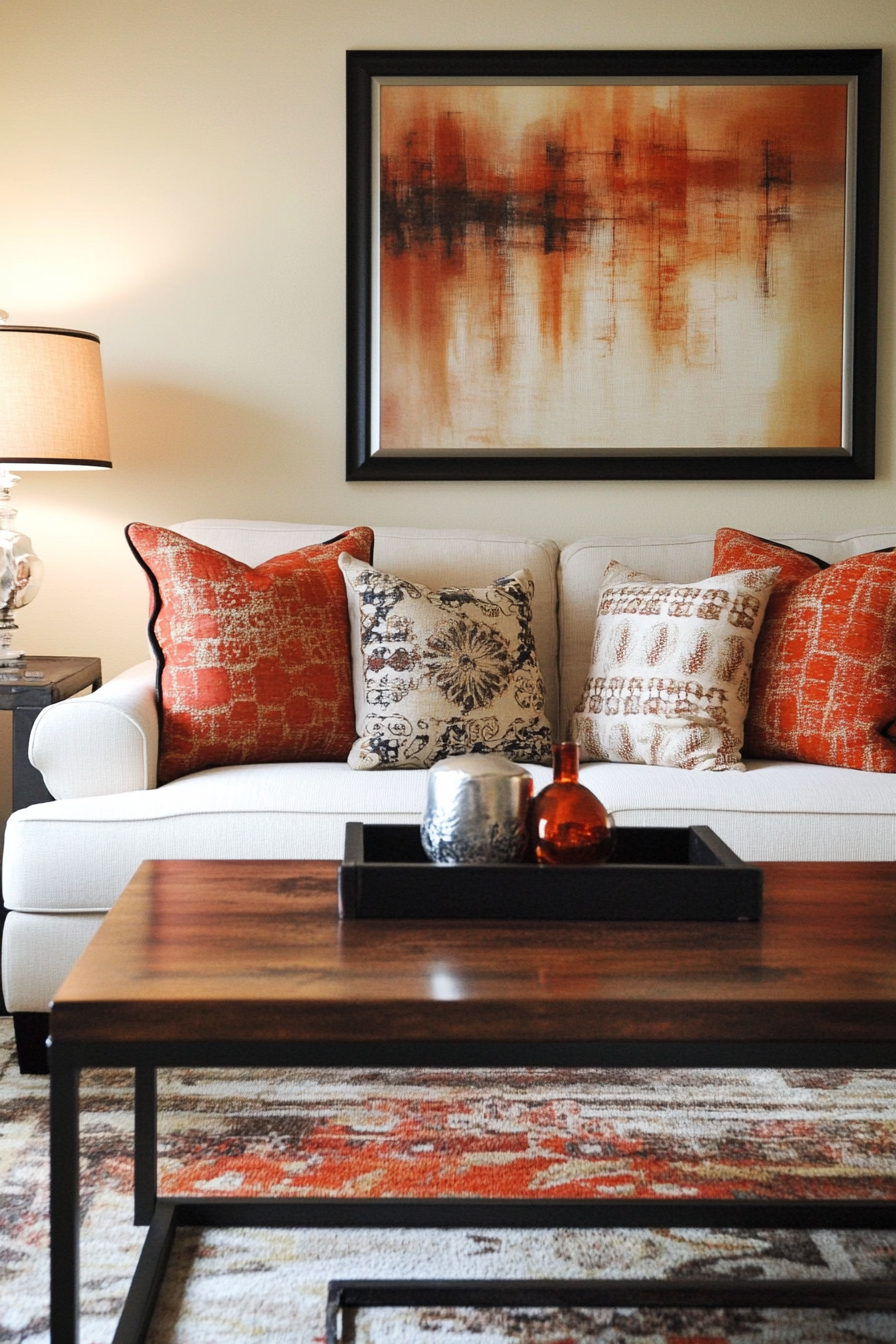
Coffee tables, side tables, and end tables are prime opportunities to add personality and visual interest to a room through styling.
An empty table looks like a missed chance.
Take these functional spaces and transform them into dazzling focal points.
On coffee tables, create vignettes by combining objects of varying heights, colors, and textures.
The tallest sculptural decorative piece immediately draws the eye.
Clustered smaller accessories around it create little “moments” on the table.
For example, place a tall glass vase holding branches or dried florals in the center.
Then arrange books, a tray holding candles or small bowl, framed photos, and a decorative box around it.
Follow the “rule of three” when styling – groupings of three accessories look tailored and complete.
Vary textures and materials too – glass, wood, metal, ceramic all add interest.
Pretty dishes can hold small decor items or interesting rocks and shells.
Don’t overcrowd the table.
Aim for groupings near the edges to leave some negative space in the center.
For end tables in living rooms, follow the same guidelines as coffee tables.
On bedside tables, keep decor minimal – just a lamp, small plant or vase, attractive alarm clock if needed.
Limit clutter here as this is functional space to hold reading glasses, books, and water at night.
Use Color and Artistry in Displaying Collections
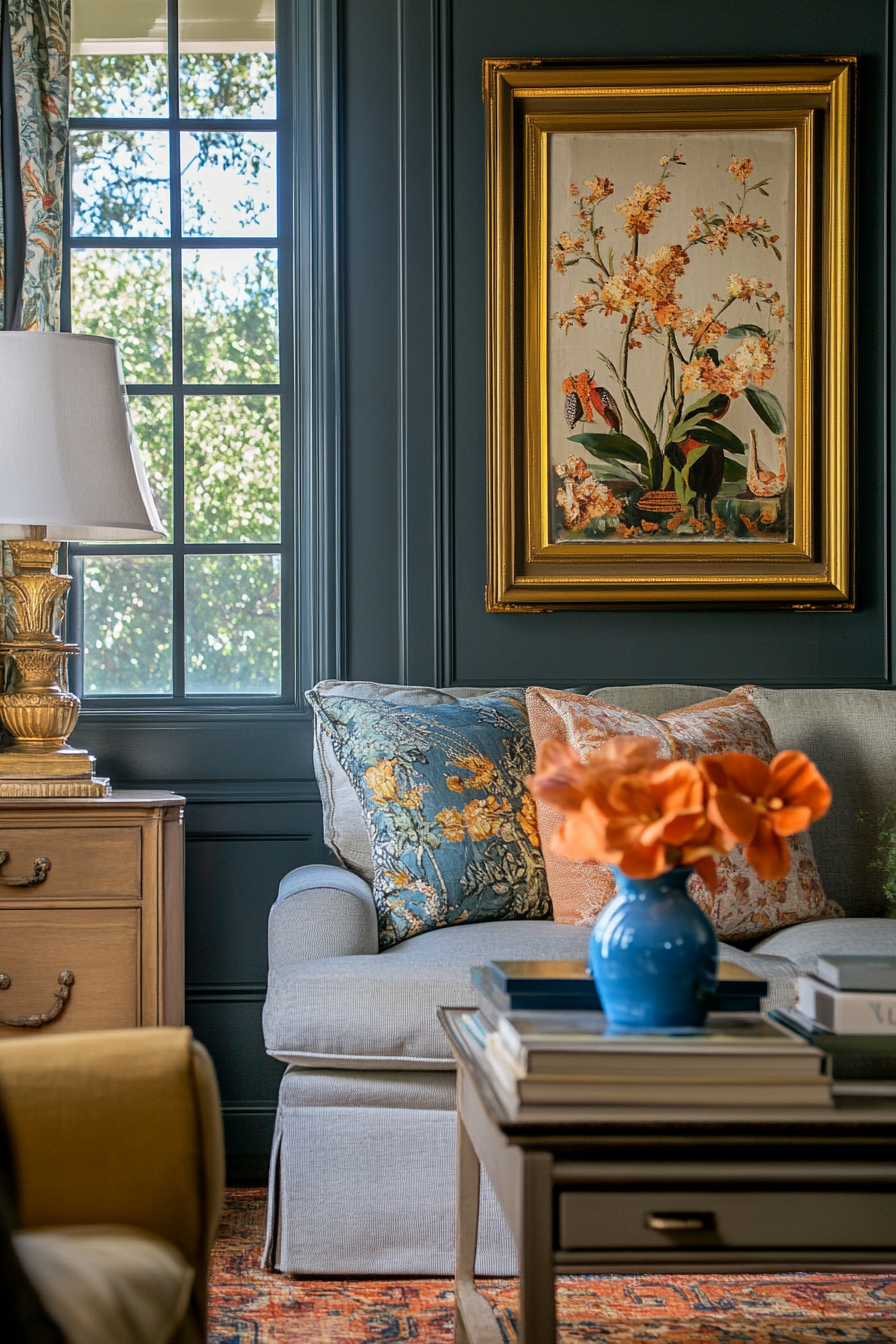
Collections add so much personality to a home.
A wall of framed artwork, a grid of cherished photos, a display of gleaming china – when done right, they elevate a space from generic to gorgeous.
First, edit down collections so they don’t take over the room.
A few meaningful pieces have greater impact than dozens.
Then carefully curate what remains for an artful presentation.
Mix and match frame colors and styles for visual punch.
Hang artwork so the bottoms of frames align and spacing between pieces is consistent.
Place delicate collectibles like china in glass-front cabinets to protect and highlight them.
Create vignettes for displaying groups of objects.
Use risers, stands, or small platforms in different heights to lift pieces and provide dimension.
Group items with similar color palettes for a cohesive collected look.
Increase stability by anchoring larger items in the back and placing smaller ones in the front.
Tell a story through your collections.
Someone walking in immediately understands this wall showcases vintage concert posters, or here is where you display Mom’s cherished teacup collection.
Collections reflect passion and interests, so proudly put your favorites on display.
Use Creative Techniques to Refresh Old Furniture
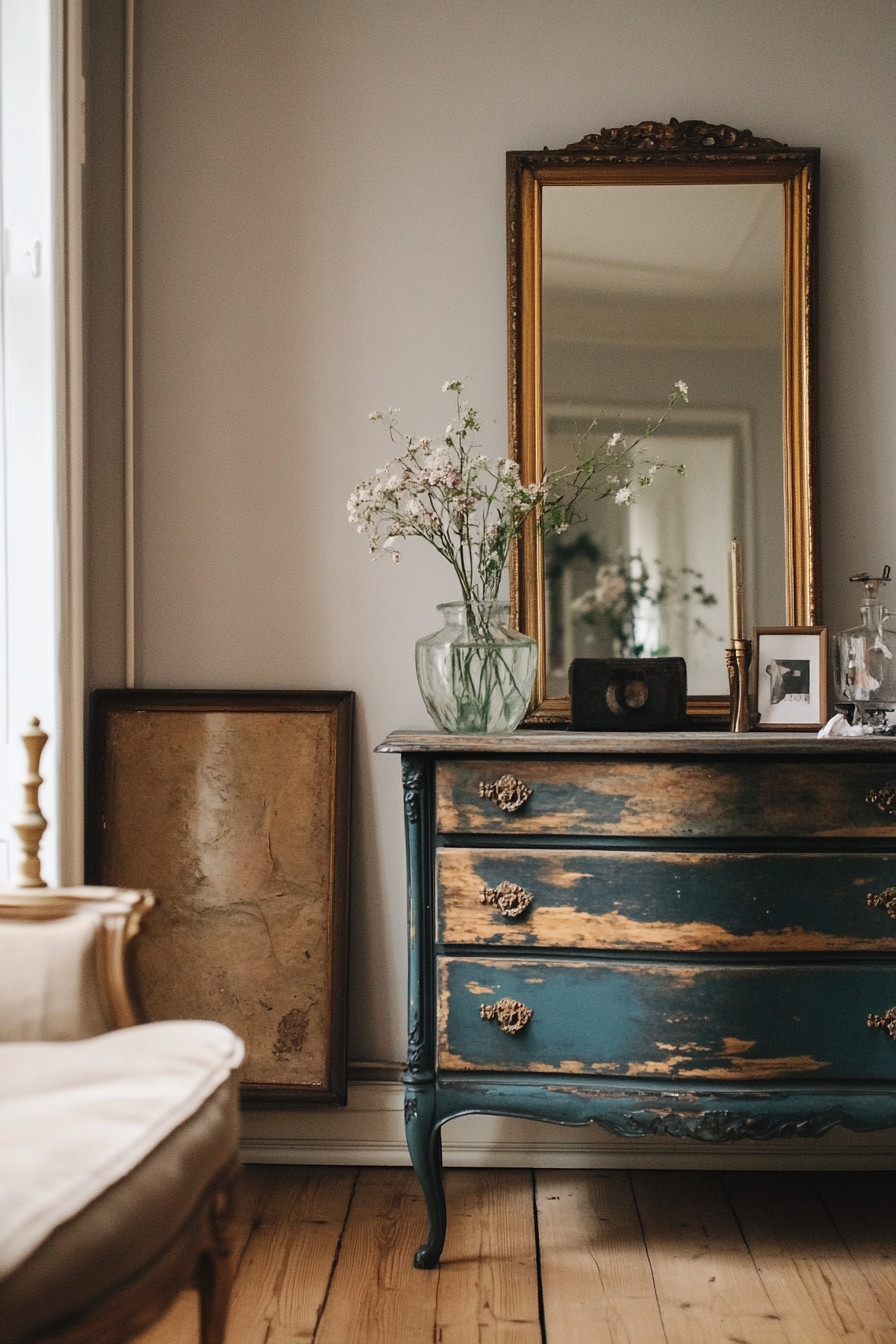
We all have that comfortable recliner with worn upholstery, or the antique dresser showing its age.
Before replacing tired furniture, try freshening it up with clever refinishing techniques.
Home stagers often revive old pieces to look like new for a fraction of replacement cost.
For upholstered pieces with decent bones, reupholstering gives them new life.
Use durable, stain-resistant fabrics like microfiber or cotton-linen blends.
Neutral solids hide wear best; save prints and bold colors for toss pillows.
DIY upholstery kits are available at many home stores if you want to tackle it yourself.
Or work with a local upholsterer to customize choices.
Wooden furniture can be refreshed with a new stain or paint technique like ragging or sponging.
Lightly sand, wipe clean, then apply your chosen finish.
Soften edges and rough patches by lining drawers with liner paper or felt pads.
Update old hardware with new knobs or handles.
Add whimsical details like decoupaged magazine cutouts inside drawers.
Gently cleaning and polishing unfinished metal, concrete, or stone pieces quickly restores their warm patina.
Use liquid oil soap for metal; scrub concrete with a stiff brush and rinse well.
Marble and granite surfaces can be resealed after cleaning to renew their glow.
Almost any furniture can be revived with imagination and sweat equity.
You will love the before-after satisfaction, and guests will never know your “new” pieces once had a previous life.
✨Click to Get My 101 FREE Designer Room Ideas
Designate Clear Activity Zones

Today’s open floor plans create airy, light-filled spaces but can also lack definition.
Create sitting conversation areas by facing two sofas or chairs inward around a rug and coffee table.
Position an entertainment unit and the TV viewing furniture as its own defined zone.
Use area rugs in contrast colors or patterns to designate different spaces.
separation between the dining table and a home office.
Other go-to zone dividers are bookshelves, room screens, kitchen islands with bar seating, and planting containers or trellises holding tall leafy plants.
Floating shelves are handy “walls” for subdividing open spaces to place books or decorative objects defining each area.
Furniture placement also establishes activity zones.
Face seats toward each other and place end tables between to create intimate conversation areas.
Clear pathways through wider openings or archways invite flow between rooms.
A console table behind a sofa, for example, makes a border and something to place lamps on.
Defined furnishings groupings avoid chaotic, undefined areas and help give open floor plans purposeful order.
Curate Visual Focal Points
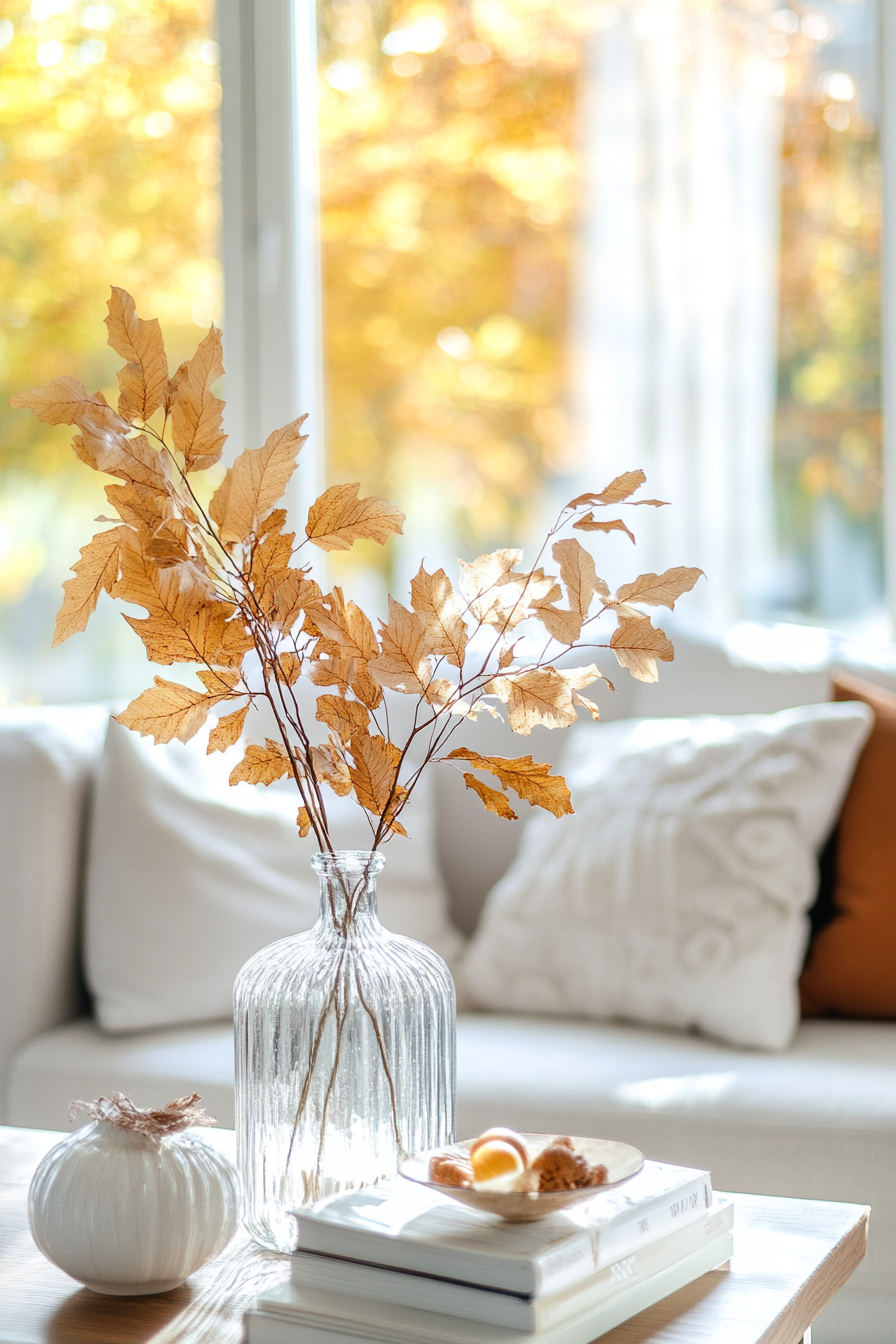
In every room, strategically place eye-catching elements to provide visual structure.
Focal points naturally draw the eye to important areas to emphasize special features or direct views.
Painting one wall in a vivid accent shade makes it a bold focal backdrop.
Display meaningful art or mirrors above mantles or benches as focal points.
Arrange furnishings to showcase pretty light fixtures, architectural beams, fireplaces, or windows with scenic views outside.
In foyers and entryways, create an entry vignette on a console table with a large statement mirror or piece of artwork above.
Anchor furniture arrangements around focal rugs.
The vivid color or intricate pattern instantly enhances any grouping.
Focal points add depth, dimension and purpose to furnishings placement.
They highlight striking architectural or design features you want noticed.
Most importantly, curated focal points make a room memorable.
Whenever you look at that view of the gardens, or that stunning gallery wall, you feel happy.
Guests will too.
Repurpose Rooms Unconventionally
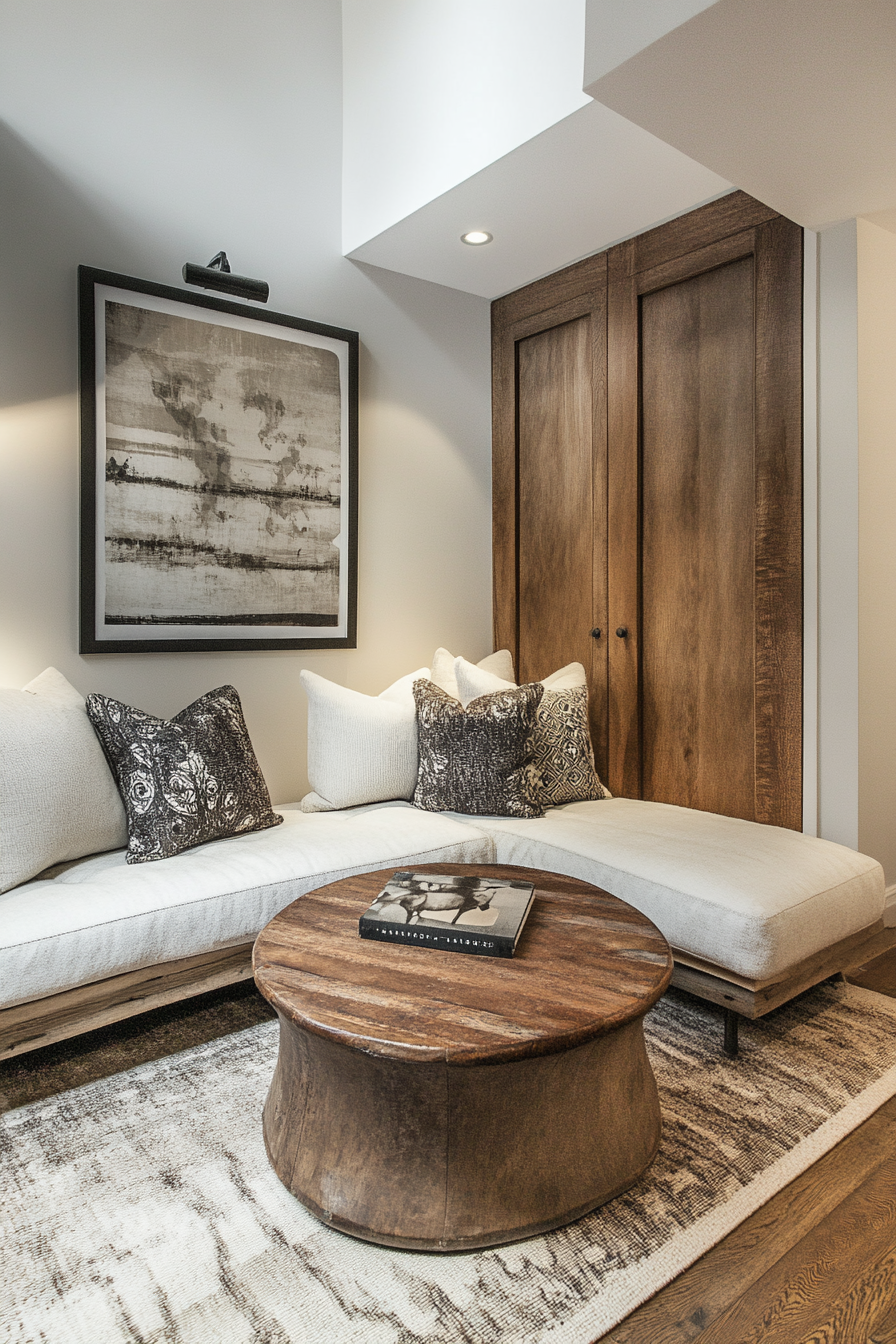
Tired of standard living and family rooms?
Get creative with room roles to add intriguing style.
Home stagers often repurpose spaces based on a homeowner’s needs and personality.
Convert a bedroom into a music room to display instruments and add soundproofing.
Or create a vivid retreat for yoga and meditation.
Set up a home spa room with towel racks, relaxation space, and storage for supplies.
A laundry room could transform into a custom gift wrapping station.
Set up tables at seating height for comfort wrapping presents.
Store paper, ribbons, and bows in labeled clear bins for ease.
Add theater seating and a popcorn maker to design your own home screening room.
Use a guest room for displaying your hat collection, sewing projects, or treasures from the four corners of the world brought home from your travels.
Reflect your passions by giving rooms unexpected new purposes.
Set up nd transform open floor plans flexibly to accommodate how you really live and play.
Purposefully designed and styled rooms tailored to you always impress.
Define Entryways with Impactful First Impressions

Your home’s entryway sets the tone for what’s to come when entering.
A generic, cluttered foyer fails to make that pivotal good first impression on guests.
Taking time to design a warm, welcoming entry creates instant wow factor.
Have clutter-catching spots ready for sorting mail, storing shoes, and dropping keys and coats.
Attractive storage like hooks, shelves, benches and small chests corral essentials invisibly.
Clear surplus furniture and accessories to keep the space open and navigable.
Next, layer in décor elements with height, color, lighting, and personality.
Hang a statement mirror or interesting wall art.
Place a dramatic tall floor lamp in a corner.
Add fresh florals on an entry table or console along with decor objects.
Rugs bring visual interest; runner rugs guide people farther into the home.
Pay special attention to lighting ambiance too.
Well-lit entries banish fumbling in the dark for switches.
Install directional accent lights on artwork.
Energy-efficient recessed ceiling lights provide overall brightness.
Place lamps on console tables for warm ambient lighting.
A thoughtfully decorated entry offers guests an intriguing glimpse of your design style before they fully enter the rooms beyond.
It sets up what follows to be a house tour they’ll wish didn’t have to end.
✨Click to Get My 101 FREE Designer Room Ideas
Define Style with Impactful Ceiling Treatments
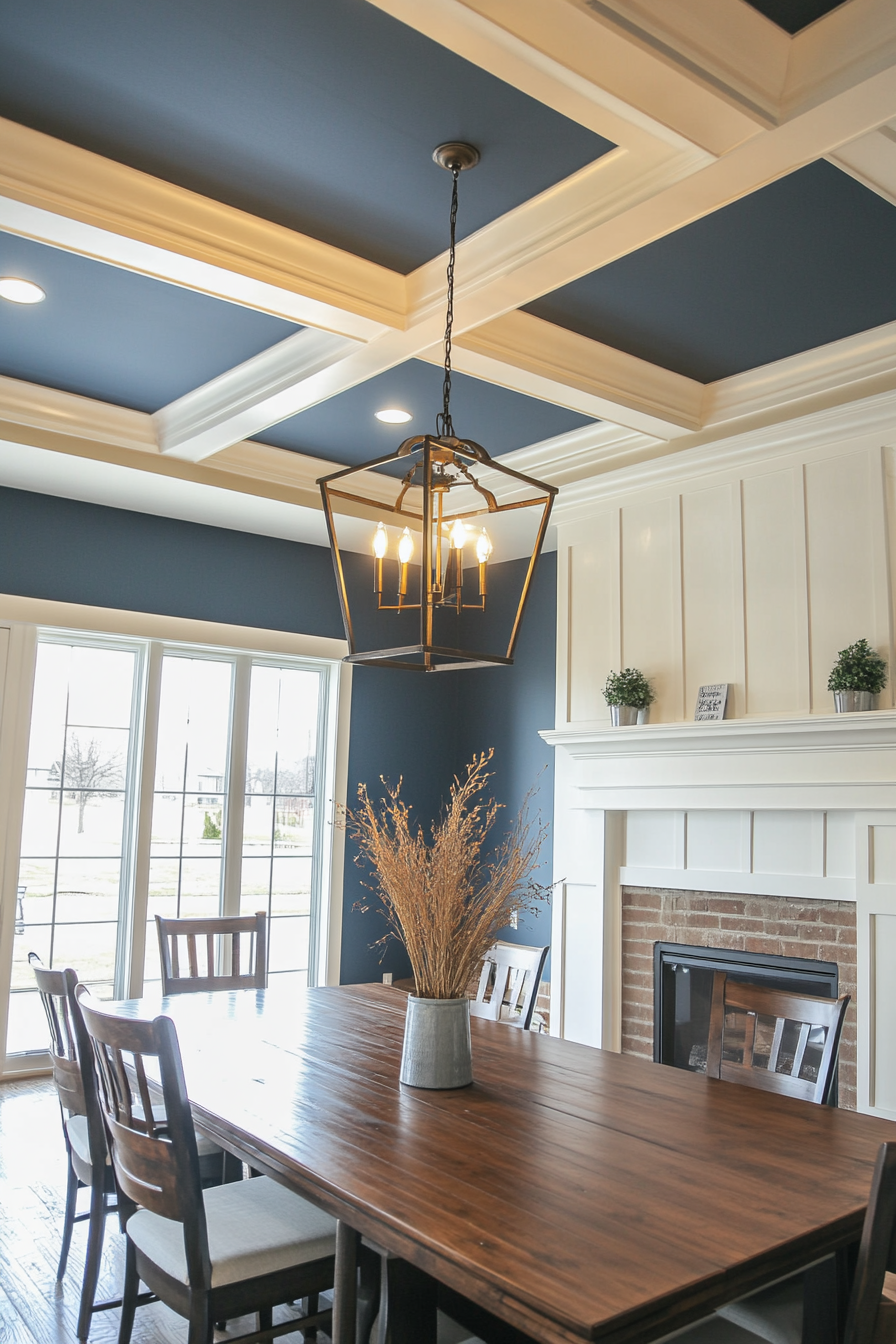
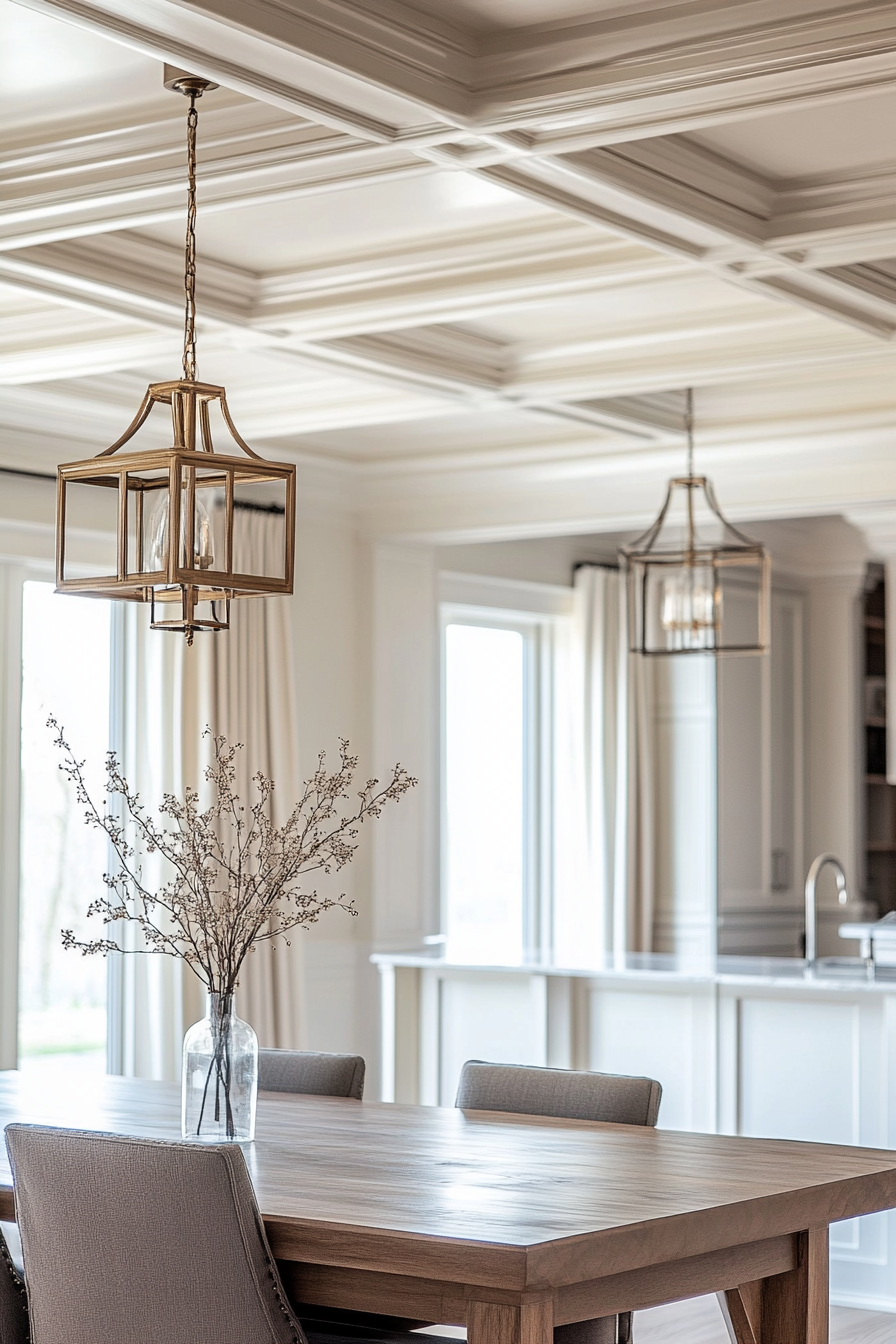
People often walk into rooms and look right past one expansive design element – the ceiling!
Yet this broad swath provides a powerful palette for adding color, texture, and defining your decorating style.
Stagers use ceiling treatments to maximum effect when transforming lackluster rooms.
Painting the ceiling a color is an easy DIY upgrade.
Deep hues like navy blue or rich green add drama and coziness to living spaces.
Vivid paint creates an exotic Moroccan lounge effect.
For a beachy vibe, paint a coastal blue ceiling and walls in a sunroom.
Or cover ceiling surfaces with decorative material for stunning effects.
Install wood planks or weathered beams for rustic character.
Affix tin-style metal ceiling tiles for an industrial edge.
Wallpaper with subtle patterns or graphic designs brings huge visual impact when extended overhead.
Nail up reclaimed barn boards in varying widths for a striking architectural element.
Stenciling patterns lightly across a ceiling adds subtle detail.
Accent the center with medallions, colorful inset panels, or hanging pendant lights.
When decorating from the top down, furnishings and finishes on walls and floors become the supporting players.
An impactful ceiling treatment defines the room’s character and transforms it into a striking space people will remember.
Create Instant Landscaping Curb Appeal
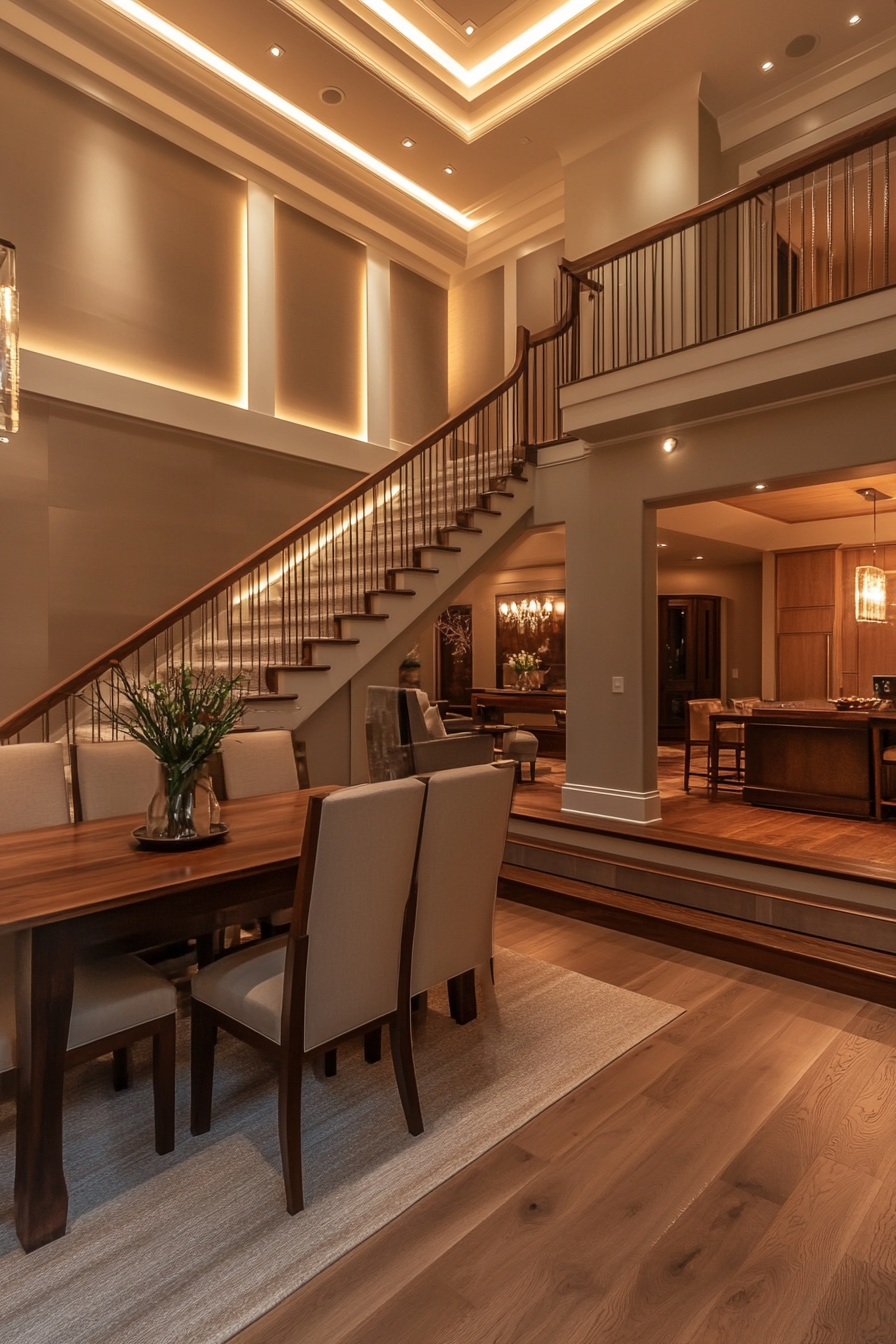
Your home’s exterior sets that pivotal first impression, for better or worse.
Soften home angles and edges by “encasing with nature.” Strategically place taller planting beds alongside the foundation.
Plant evergreen shrubs, small trees, and perennials densely to diminish architectural sharp corners.
Set flowering potted plants or urns on either side of entryways.
Along walkways, add color with borders of low-maintenance perennials like lavender, phlox, coneflowers, and black-eyed Susans.
Solar path lights illuminate and welcome visitors.
Instantly boost drab exteriors by painting or power washing building surfaces.
Clean up grungy vinyl siding, update the garage door, or refresh trim work in a contrasting hue.
Replace a worn front door with one featuring sidelights, transoms, or colored glass.
DIY improvements like railing flower boxes, window box planters, and perennial beds edged with rocks visually say “loved and cared for” to onlookers.
A pot fountain, wind chime, and cozy porch swing or benches complete the classic homey picture.
Like any strong first impression, fantastic curb appeal piques interest about what great design finds lie inside.
Simple upgrades make passersby eager to see more of what your home offers.
Use Mirrors to Visually Expand Small Spaces
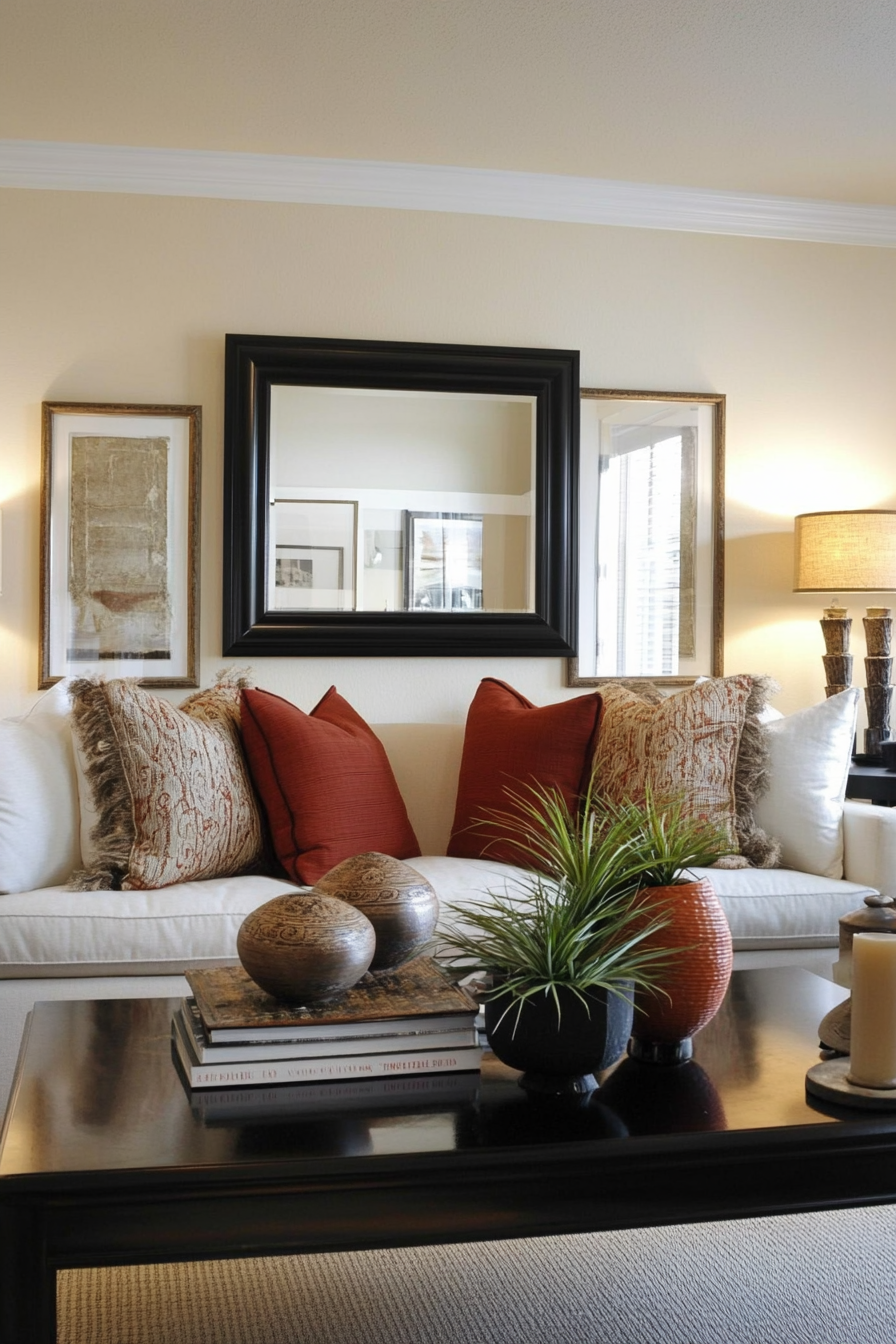

In a small home or room, boxed-in claustrophobic feelings disappear with strategic use of mirrors.
Like magic, mirrors can make cramped spaces appear more expansive before spending big on major renovations.
Hang mirrors opposite windows, which reflects more light to make rooms brighter.
Place tall leaning mirrors in room corners to add depth.
Arrange mirrors behind collections to double displayed objects and create a focal feature wall.
Use small mirrors surrounded by trim to line an entire wall, making the room feel twice as big.
Or frame one oversized mirror (or custom cut mirror panels) for a glamorous statement wall that heightens the sense of space.
Add a mirrored faux fireplace and mantle to immediately widen a living room.
Swap out closet doors for mirrored panels to instantly double perceived space.
Use mirrors in tight spaces like powder rooms and hallways to add a more open, airy feel.
Professional stagers know when small rooms feel bigger, they also feel more peaceful and inviting.
Mirrors add natural light ambiance and visual spaciousness that reassures potential homebuyers.
Define Style with Carefully Curated Accessories
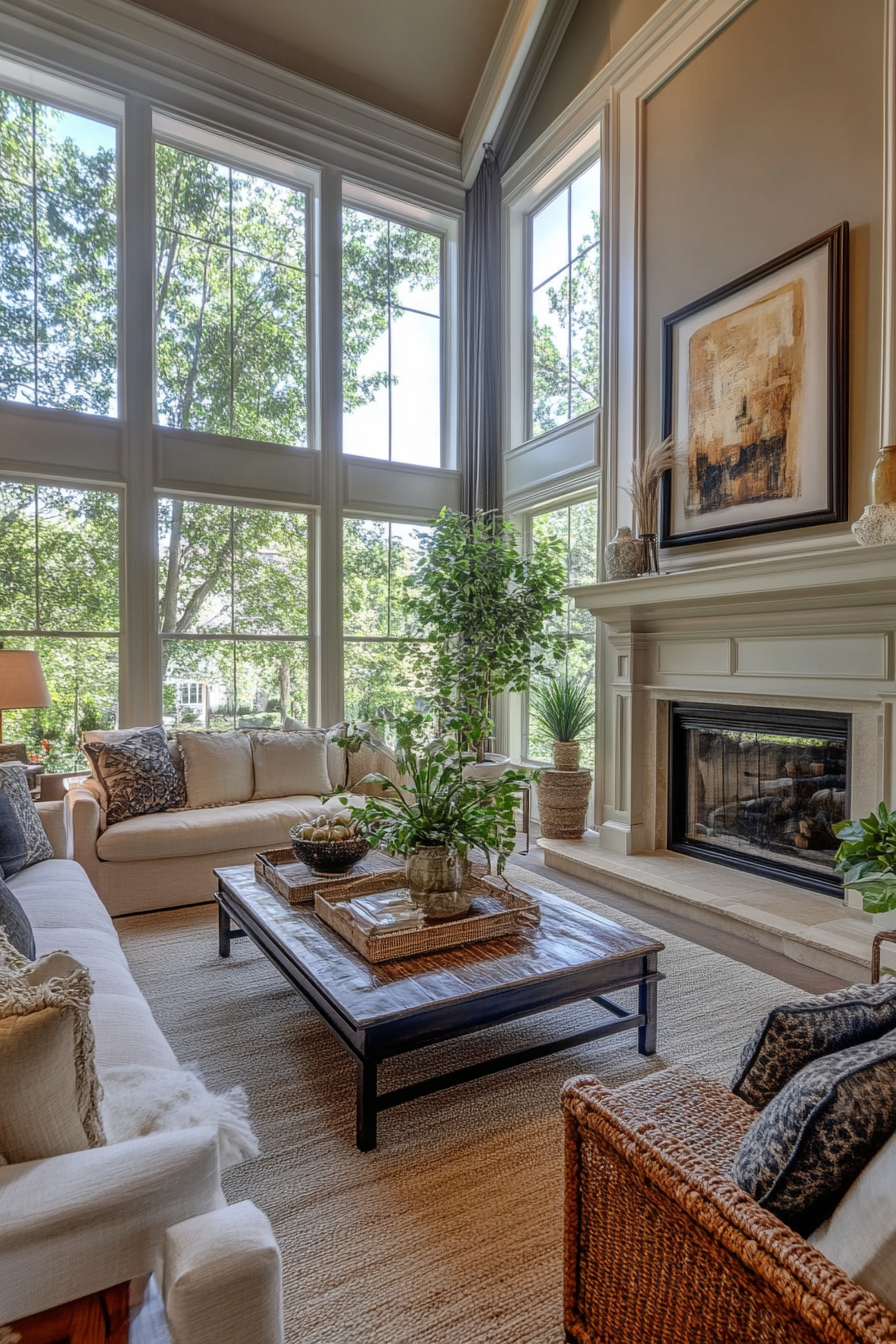
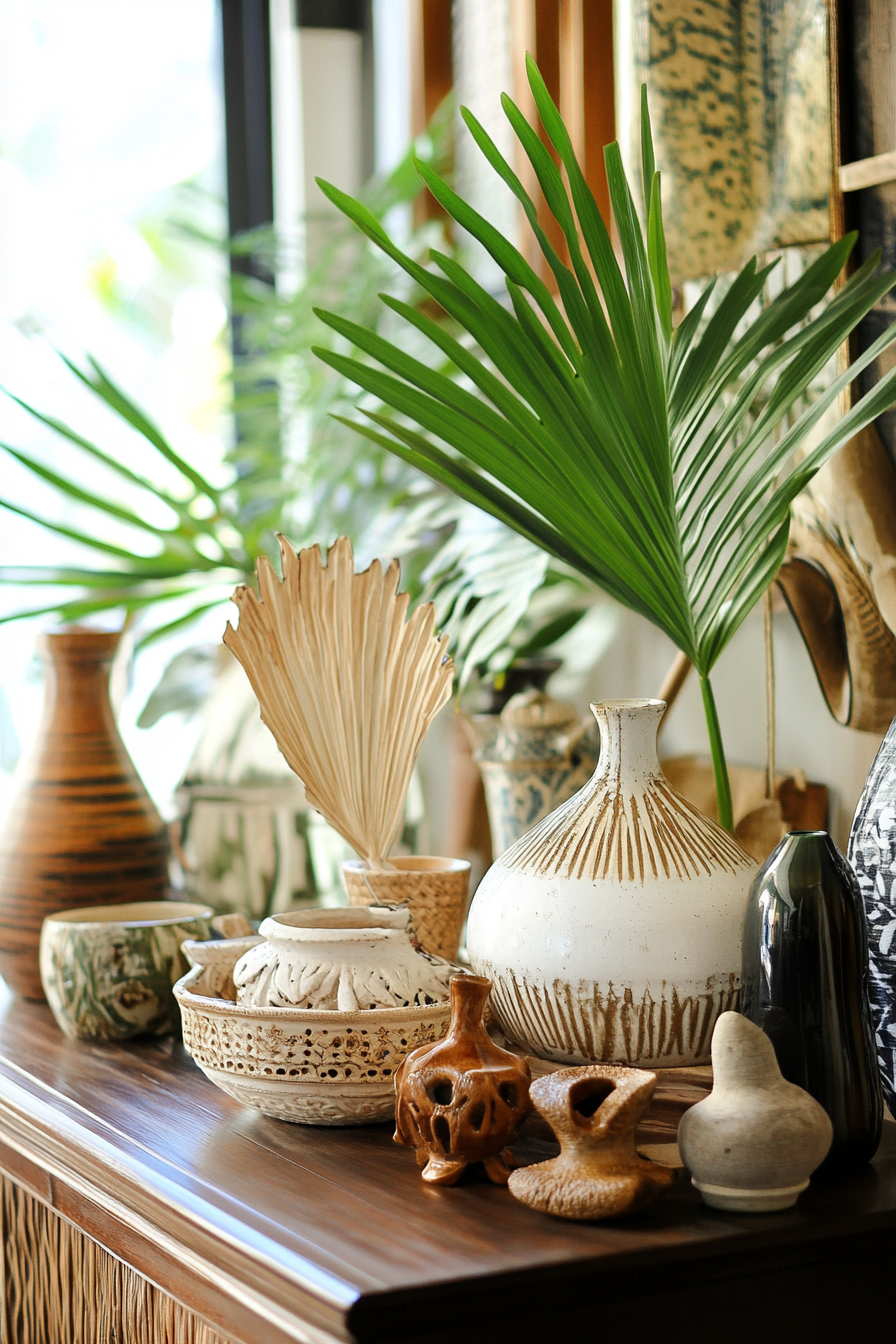
Accessories are the golden opportunity to express your decorating style.
Yet many homeowners stick with mass produced, generic items that communicate a dull “I settled on whatever” aesthetic.
Take time to seek out accessories that feel special and convey your passions.
Find one-of-a-kind local art and handcrafted ceramics from artists near you.
Vintage or antique shops hold fascinating treasures full of history.
Choose accessories featuring birds, flowers, or ocean themes if you love nature.
Pick up interesting small sculptures as you travel to display globally inspired style.
Beyond curio cabinets and shelves, creatively showcase your finds wherever there’s space.
Floating shelves, mantles, and the tops of doorways accommodate artful displays.
Arrange collections or stacked books on side tables, bathroom vanities, and kitchen counters too.
Even everyday household items like wastebaskets and tissue box covers can make unique style statements.
Protect surfaces with practical accessories that still dazzle.
Exchange generic shades for patterned textile roman blinds or bamboo roll downs.
Thoughtfully acquired accessories, especially one-of-a-kind finds, inject space with personality.
Guests will ask the stories behind your meaningful things, making for delightful conversation about your treasured keepsakes.
✨Click to Get My 101 FREE Designer Room Ideas
Create Ideal Ambiance with Layers of Lighting
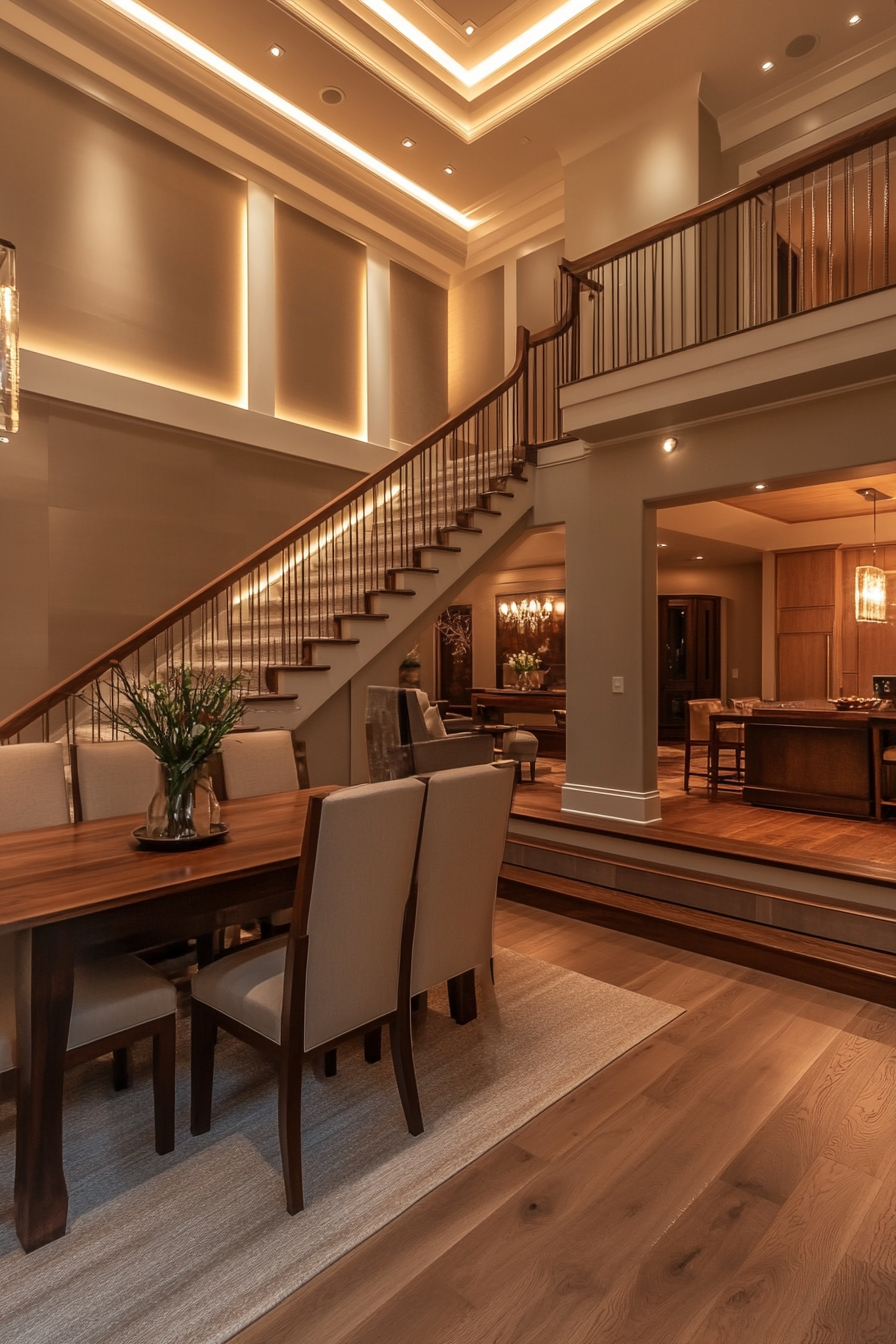
Lighting transforms blank rooms into warm, welcoming spaces.
Stagers artfully combine ambient, task, and accent lighting to set the desired mood.
Install recessed ceiling lights or chandeliers to illuminate overall space for safe navigation.
Undercabinet lighting in kitchens aids food prep and tasks.
Desk lamps, reading sconces, track lighting, and LED strip lights provide helpful directional task lighting without glare.
Then build ambiance with table and floor lamps, placing them in room corners to spread soft light.
Dimmer switches allow adjusting fixture brightness.
Accent art, architectural details, and furnishings with picture lights and directional bulbs.
Finally, add drama with candlesticks and sconces at varying heights clustered on mantles, consoles, and side tables.
Outdoor lighting welcomes on porches and paths with atmosphere.
Automated smart bulbs let you program shifting colored lighting scenarios for each purpose and mood.
Thoughtfully layered lighting ensures every room offers ideal visibility for tasks while still feeling cozy and inviting each time of day.
When homes glow from within, they’re irresistibly attractive to anyone looking for a beautiful and functional space to call home.
Home stagers are masters of transforming properties from nondescript to exquisite.
With an editor’s eye and interior designer’s creativity, they reimagine how furnishings, color, lighting and accessories interact in a space to tell a compelling style story.
Implementing even a few of these professional home staging tricks packs decorating punch.
Edit and organize your belongings.
Refresh old furnishings and flip rooms’ purposes.
Display your collections artfully.
Invest time in finding accessories that speak to you.
The result is a personalized home brimming with aesthetic surprises that wow guests and enhance your daily life in every room.
